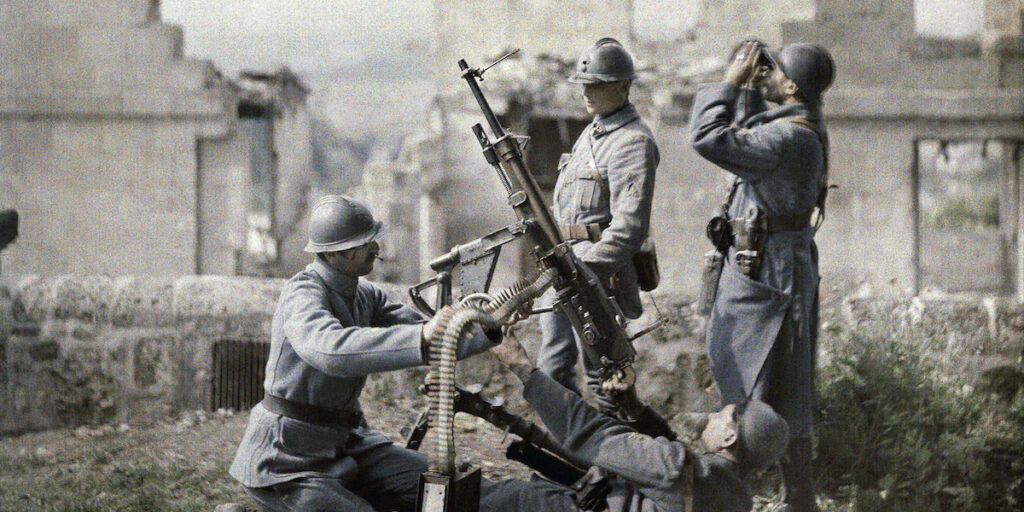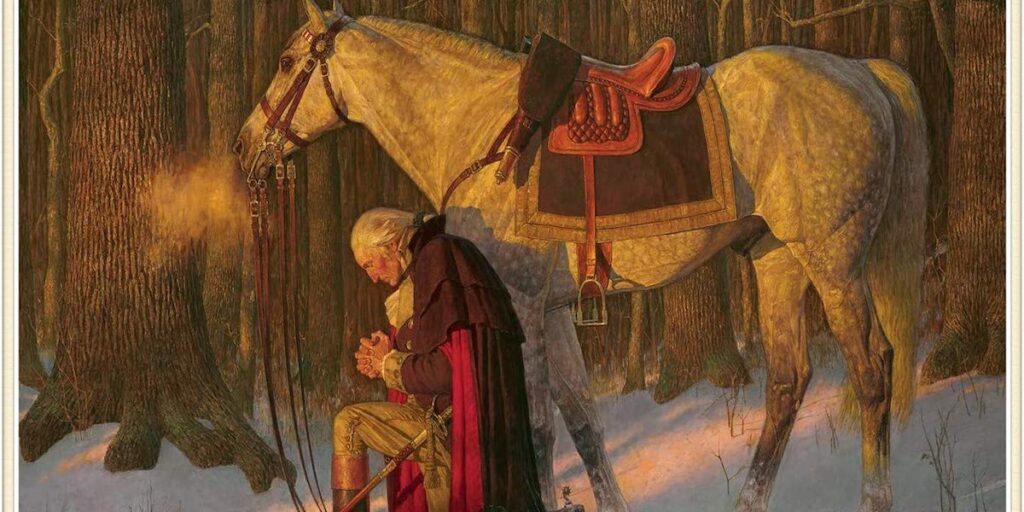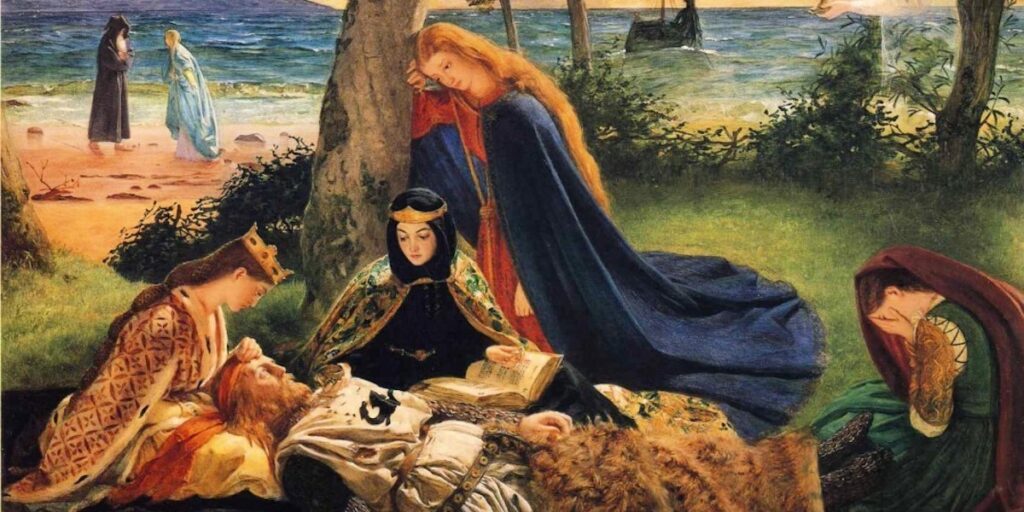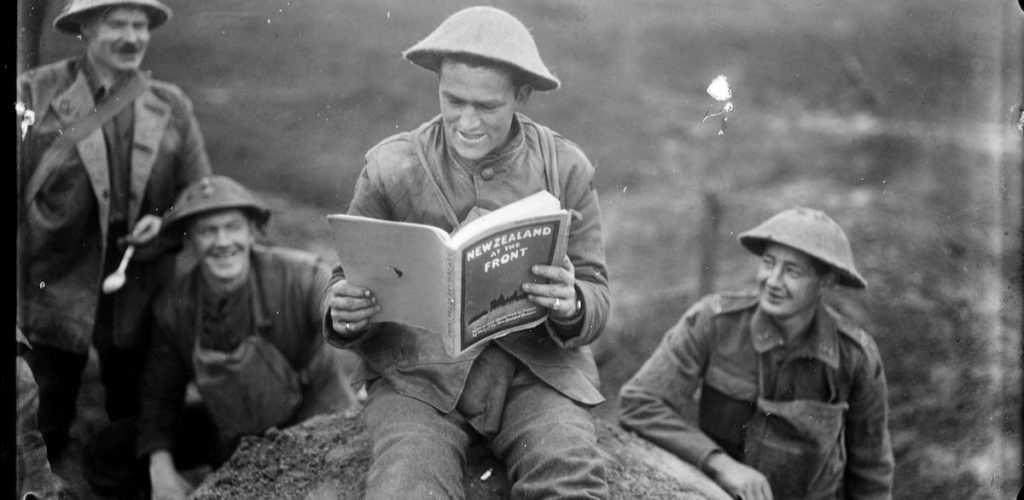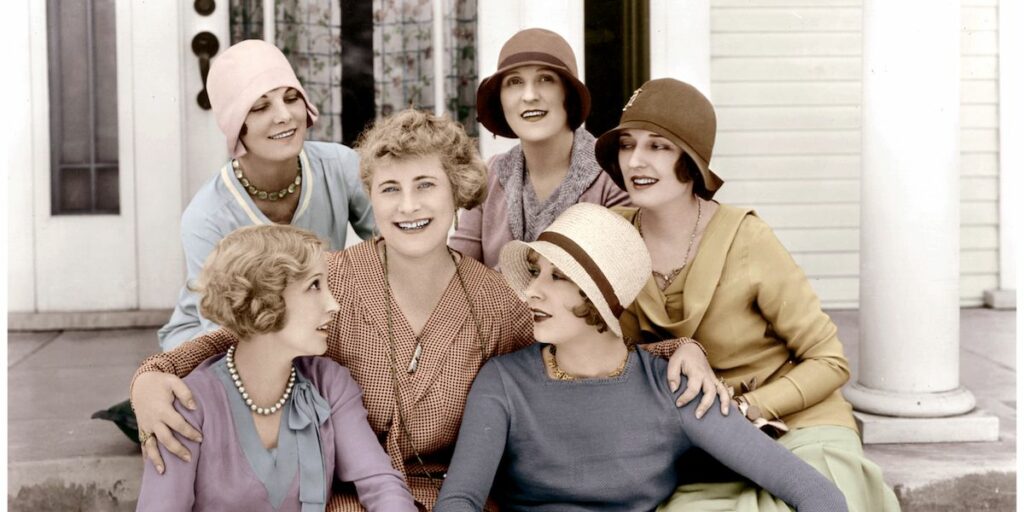
25 Modern Literature Classics for High School Students
Does literature influence history or vice versa? Poetry, essays, novels, and short stories shaped the modern world, influencing millions of people even today. Modernity was an era of nation building, of education for the masses, of violent war and strange peace. Hopefully this list of 25 modern literature classics will help your students gain a broader perspective of the modern era and how it continues to influence today’s generation.
Men and women set down their thoughts and opinions of a swiftly changing world and their place in it. Modernity is considered to begin with the fall of Constantinople in 1453—marking the end of the medieval world—and including the Protestant Reformation, marking the beginning of a world where the common man was able to read and think for himself.
This is the fourth and final list in our four part series: Ancient History, Medieval History, American History, and Modern History. Each post has 15 to 20 pieces of literature that helped define those time periods. Use this list as a resource alongside Dave Raymond’s History series. You can find many of these books and poems in our lecture series (British & World Literature and American Literature).
Parents: We’ve included the classics of modern literature below because they define the modern age. However, subjects discussed in the books such worldwide wars and revolutions, atrocities at a scale never before seen, and the push to go beyond sexual boundaries make it imperative for you to review what your children read. We’ve noted books that require your special attention. None of the instances are gratuitous; we simply uphold parental responsibility to educate children.
1. The Scarlet Pimpernel by Baroness Orczy
Mystery, intrigue, love, hate, revolution… Baroness Orczy’s novel captures every reader’s imagination, thrilling boys and girls alike. Lady Marguerite Blakeney, a Frenchwoman who resides in her husband’s home country of England, receives an order from the dangerous Chauvelin to discover the true identity of a daring English aristocrat—known only as the Scarlet Pimpernel—risking his life to save French aristocrats from the guillotine. Will her discovery throw everything she thought she knew into question?
2. A Tale of Two Cities by Charles Dickens
Another classic novel about the French Revolution, A Tale of Two Cities is of a more serious nature than The Scarlet Pimpernel. It is one of Dickens’ best works and considered his greatest piece of historical fiction. The opening and closing lines have gone down as two of the most recognizable lines in literature. Duality is the most prominent theme reflected in the characters of Darnay and Carton, London and France, peace and revolution.
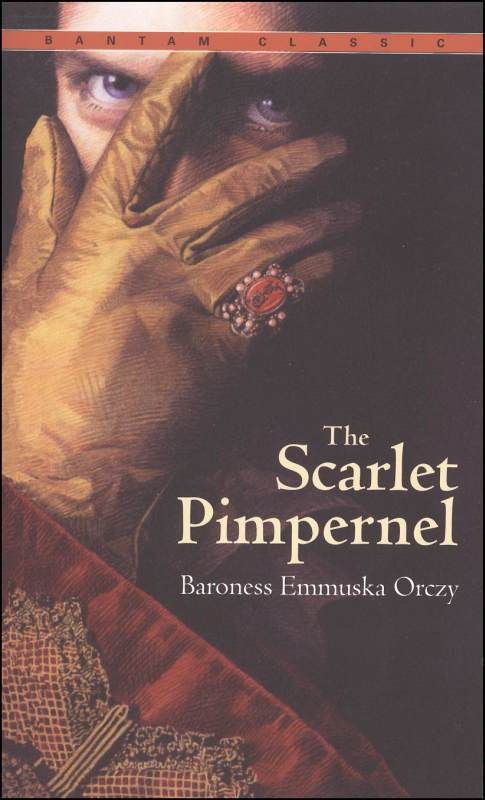
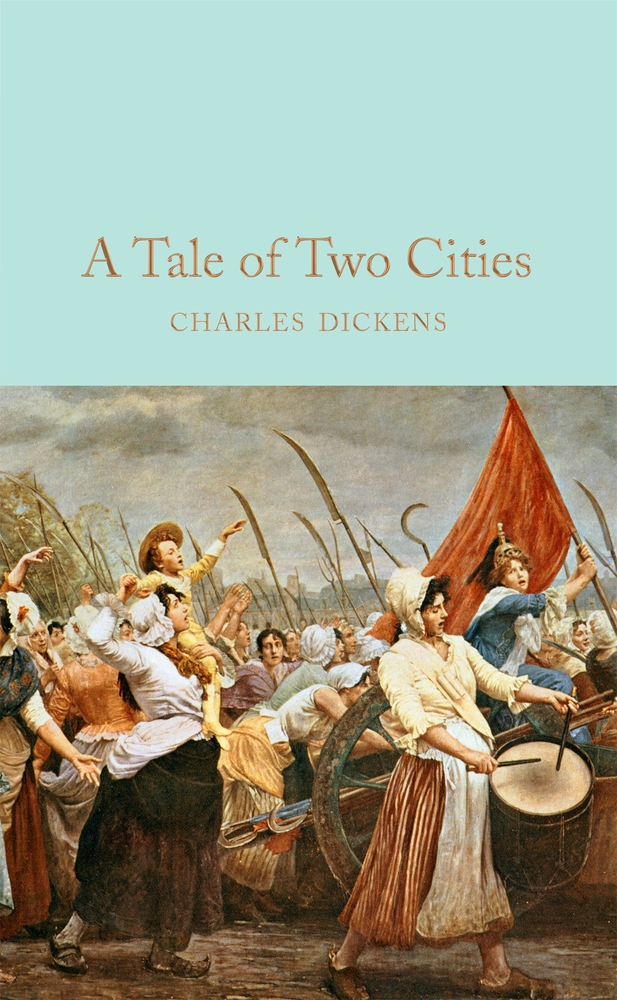
3. Pride and Prejudice by Jane Austen
There are a handful of novels every educated person should read in their lifetime. Pride and Prejudice sits at the top of the list. It is doubtful Jane Austen knew how celebrated her story of love and womanhood would be, even in the post-modern age. Few authors are able to capture humanity’s individuality quite like Austen; her characters overflow with humor and flaws, making them extremely relatable to audiences today.
4. The Portable Romantic Poets edited by W.H. Auden
The Romantic era of literature is unlike any other, heavily influencing every following movement. New ideas were at the center of this era. Feelings defined freedom. It was the age of the rebel and outsider. Poets drew on nature and shared humanity for inspiration. Lord Byron, Shelley, Keats, Wordsworth, Coleridge, and Blake explored feelings and beauty with poems such as “Ode to a Nightingale,” “Ozymandias,” “I Wandered Lonely As a Cloud,” “Kubla Khan,” and “A Red, Red Rose.”

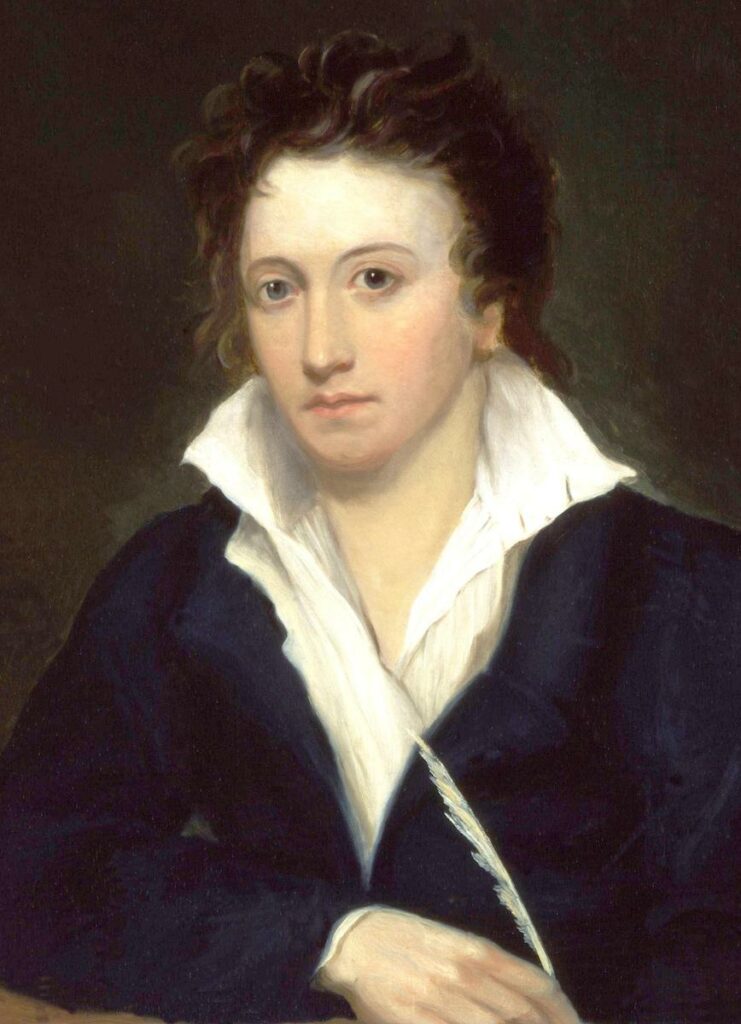
5. 1984 by George Orwell
Possibly the most famous dystopian novel, Orwell wrote this book in 1948. It was during an age when Communism was rearing its head and just three years after the free West defeated European totalitarianism in World War II. Orwell belonged to the democratic socialist party who hated Communists just as much as Western culture did. Ironically, his description of a society under the total control of a dictator who implements constant surveillance, punishment for free thinking (led by the Thought Police), and historical denialism is eerily similar to Communist leadership.
*There are some fairly explicit scenes concerning torture and sexuality that you should skim before letting younger teenagers read the book all the way through.
6. Jane Eyre by Charlotte Bronte
Gothic to the last, Jane Eyre tells the story of an orphan who grows up to be a wise, gentle young woman despite great hardships throughout her childhood. Jane takes the job of governess at a strange house belonging to a mysterious and dark man called Mr. Rochester. Overwhelming love, despair, madness, and mystery sweep through the novel, fascinating every reader.
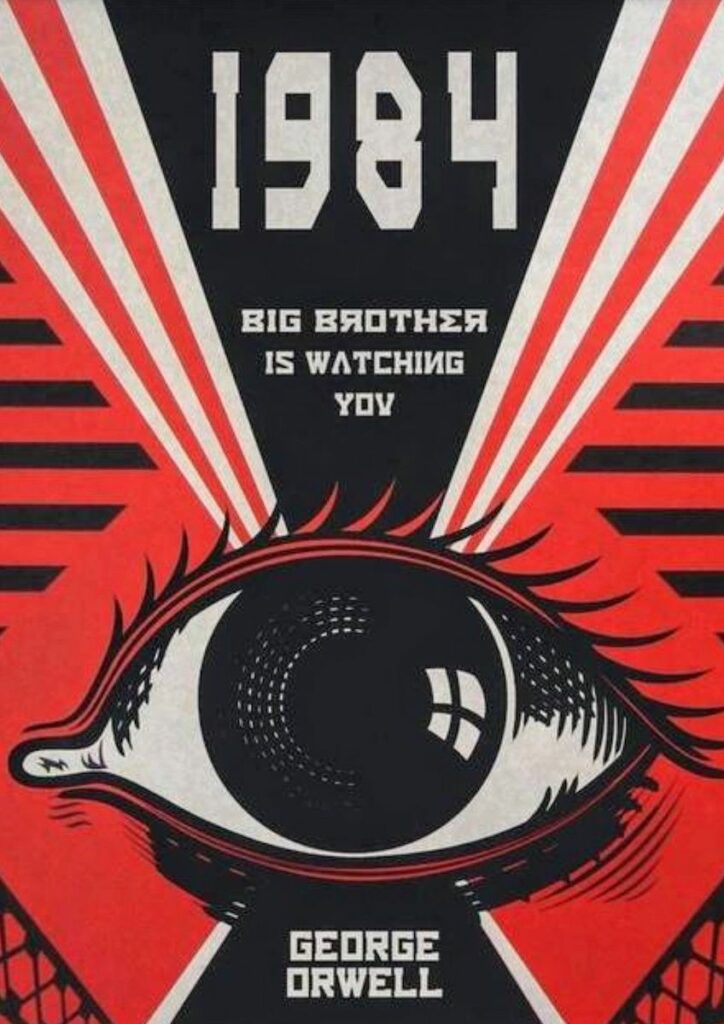
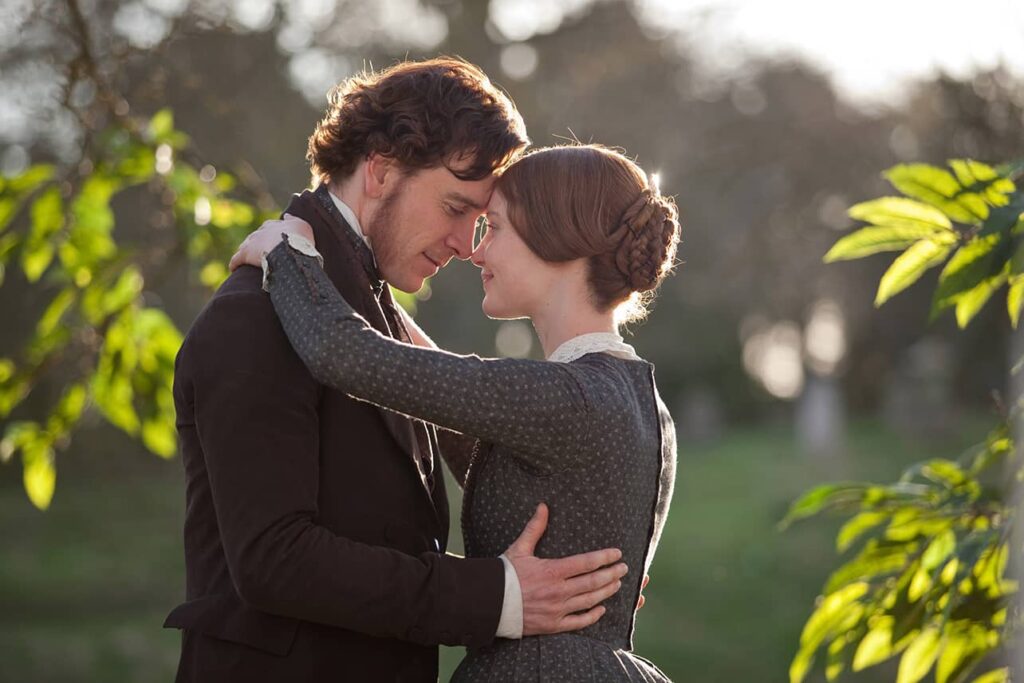
7. Sense and Sensibility by Jane Austen
One may argue that all of Austen’s books address coming of age and womanhood, but Sense and Sensibility stands out as one of the most realistic. When Elinor and Marianne’s father dies, leaving them with little resources, they relocate to the countryside with their mother and younger sister. There they meet love and heartache at the hands of the handsome Willoughby, honorable Colonel Brandon, and innocent Edward.
8. The Great Gatsby by F. Scott Fitzgerald
Lavish, lonely, and lascivious is the world of Fitzgerald’s story about millionaire Jay Gatsby. The short story is loosely based on a short affair Fitzgerald had as a young man and clearly draws upon the boisterous parties that define the upper class of the 1920s. Gatsby is a complicated character, a man so completely in love with the girl of his youth he is determined to recreate himself to win her. Nick, as narrator, represents the common man observing the over-the-top lifestyle and hollow dreams of the upper class.
*References to sexual affairs—and the scandalous nature of them—appear throughout the whole novella as well as a brief mention of an abortifacient.
If you are studying this period in history, or want to build a unit around the novel, check out our Teaching Resource on the Roaring Twenties. In it, you’ll find a host of primary sources, images, and music to bring the era to life.
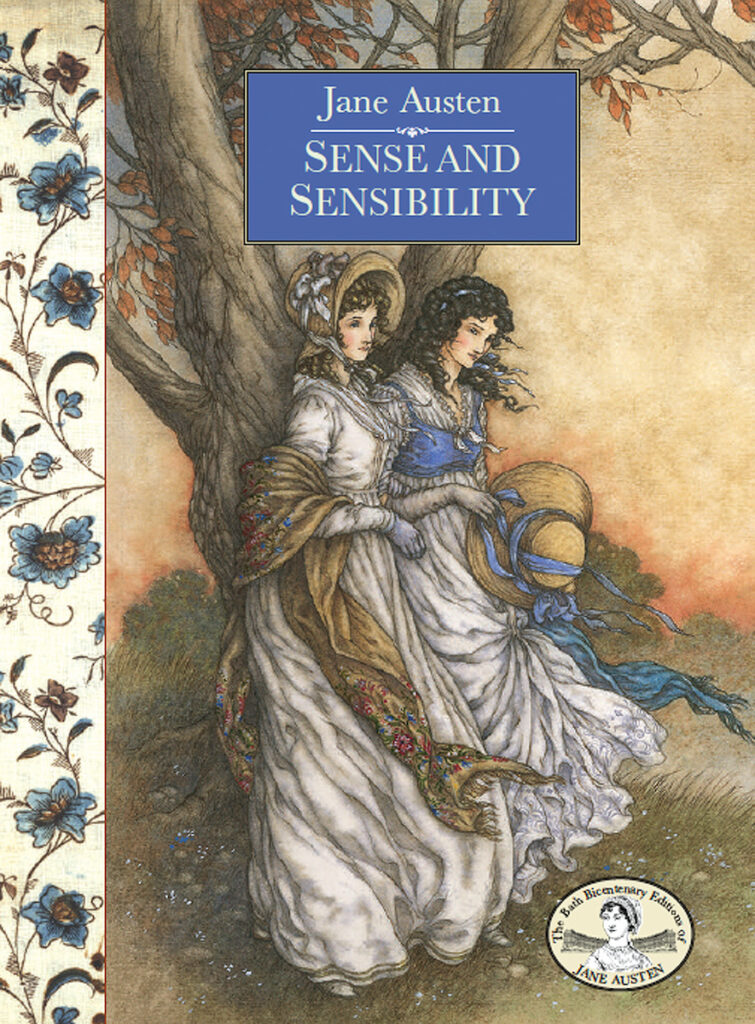
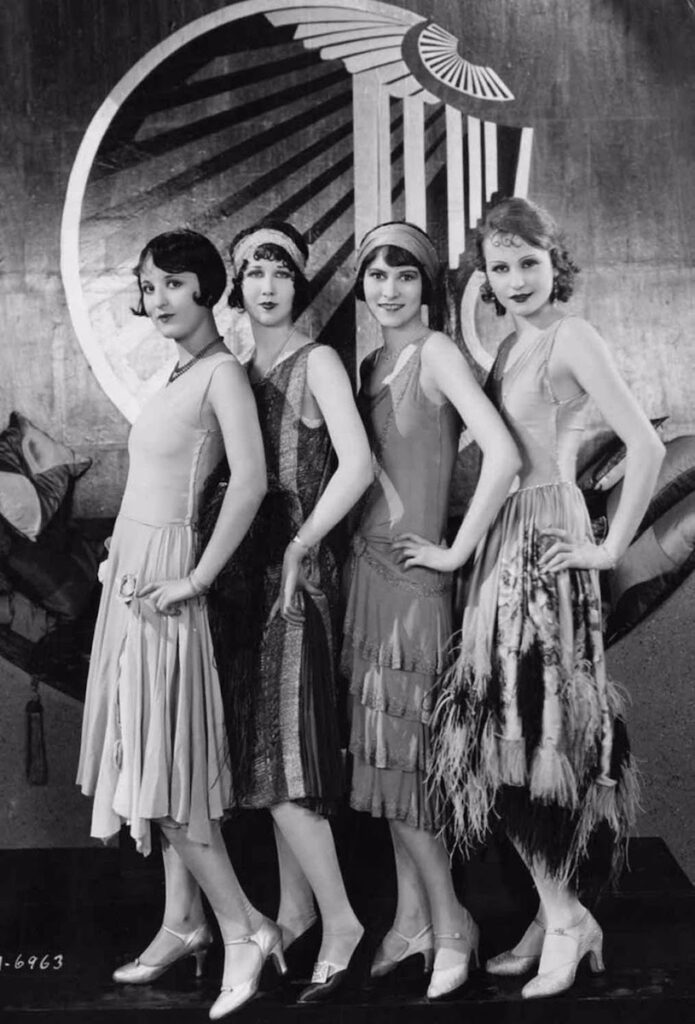
9. Les Miserables by Victor Hugo
Should anyone ask what is the greatest 20th century novel, it is certain Hugo’s novel will be listed. The French Revolution was a common plot among modern authors but Les Miserables tops every other book. Hugo used the people around him and moments in time to create the characters and plots readers love so well. Humanity, love, life, and law are woven throughout the novel.
10. Greenmantle by John Buchan
A little known novel, Greenmantle is the second in a series of five books centered around a man named Richard Hannay. Set during 1916, Hannay is sent to Constantinople on a dangerous journey where he must settle a potential Muslim uprising and forestall a German plot to win the war through religion. Boys and girls alike will love this adventure-driven novel.
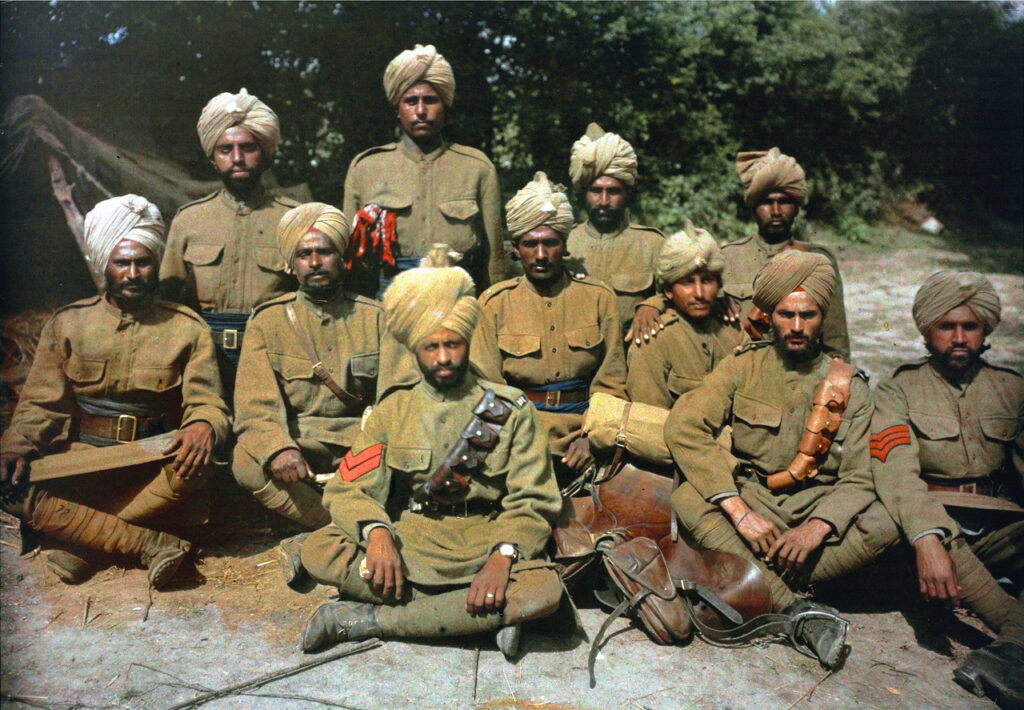
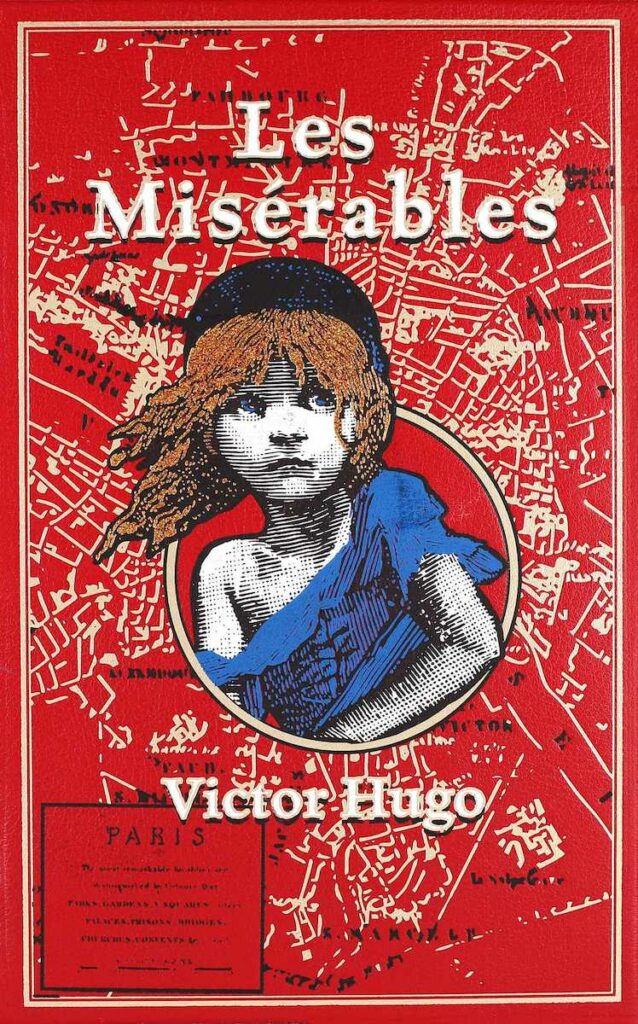
11. The Lord of the Rings trilogy by J.R.R. Tolkien
What can be said about this incredible fantasy series that hasn’t already been said? Tolkien’s genius shines in each book, from Hobbiton to Minas Tirith, Merry and Pippin to Faramir and Boromir, Sam to Saruman. Frodo’s journey to Mordor to destroy the One Ring takes place over all three books in a spectacular picture of faith and perseverance. Unlike The Chronicles of Narnia, Tolkien never intended The Lord of the Rings to be a series centered around Christianity. Nonetheless, his personal faith is woven throughout every book.
12. Brideshead Revisited by Evelyn Waugh
Evelyn Waugh’s novel follows the life of Charles Ryder, a young man who becomes entangled in the world of the Flytes, a wealthy Catholic family living in Brideshead Castle. Love and lust are hard to tell apart in this story. Themes of Catholicism and an age long gone are deep in the center of the novel, specifically concerning the aristocracy and their place in the world after World War I.
*Waugh does not paint sex graphically but neither does he hold back in describing certain couples’ affairs, marital or not.
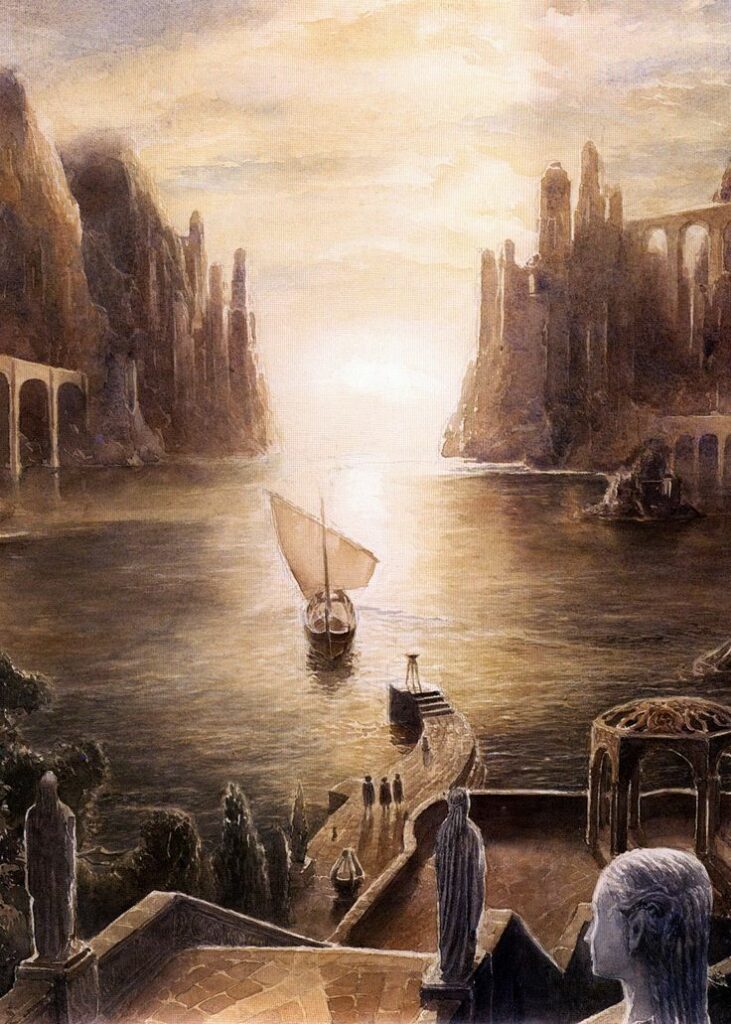
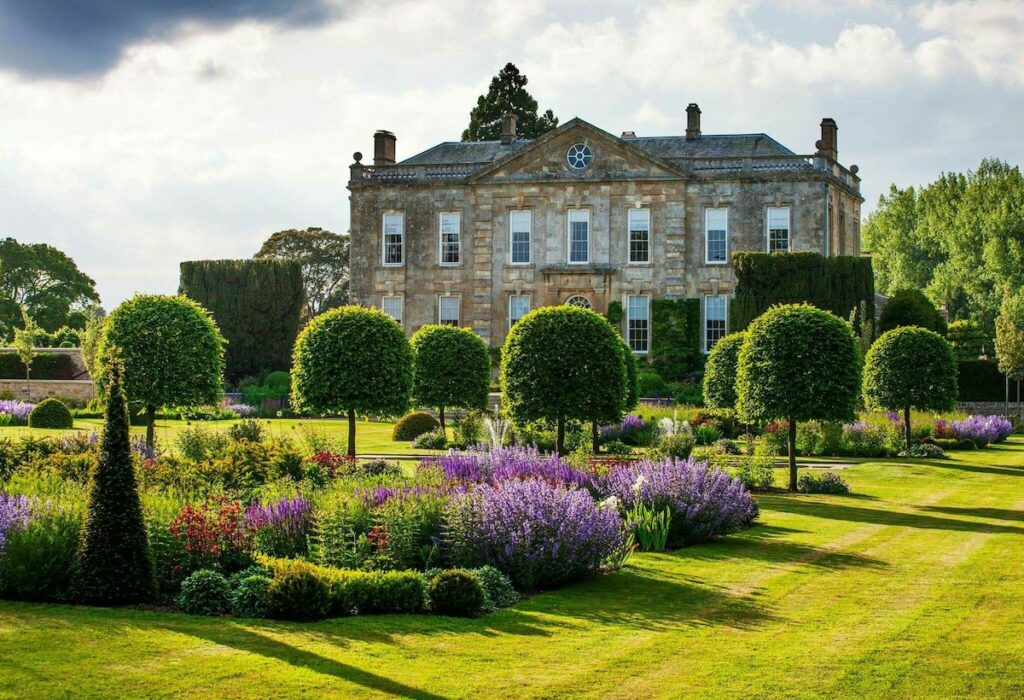
13. Murder Must Advertise by Dorothy Sayers
The mystery genre was first developed in the early 1800s and has remained popular ever since. Dorothy Sayers is considered one of the greatest mystery authors to date. Sir Peter Wimsey is the hero of her many novels set just after World War I. Murder Must Advertise opens with the sudden death of newspaperman after falling down a spiral flight of stairs in the newsroom. Wimsey is hired to pose as a reporter while investigating the death. Sayers had spent many years in a real newsroom which is why the setting of Murder Must Advertise seems so realistic.
14. The Ransom Trilogy by C. S. Lewis
While The Chronicles of Narnia are Lewis’ most famous series, the three books which make up the Ransom trilogy—Out of the Silent Plant, Perelandra, and That Hideous Strength—deserve their own place in Christian literature. Christianity is more prominent in this series centered around Elwin Ransom, a philologist who travels to Malacandra (Mars) and Perelandra (Venus) in the first two books. Lewis explores human nature and sin nature in each book with the struggle between good and evil as the constant backdrop.
Furthermore, our friends at Roman Roads have released a fantastic guide to this series that explains Lewis’ medieval worldview that underpins not only the structure but the imagery and characters of the three books. If you liked Planet Narnia by Michael Ward, this is a must read.
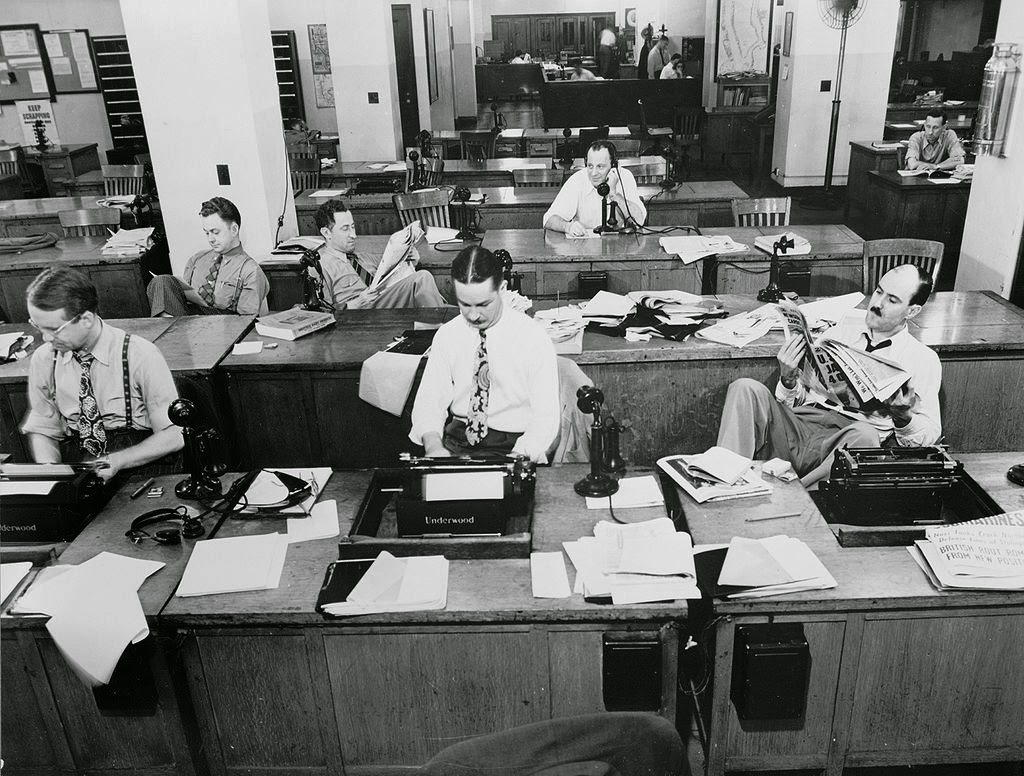
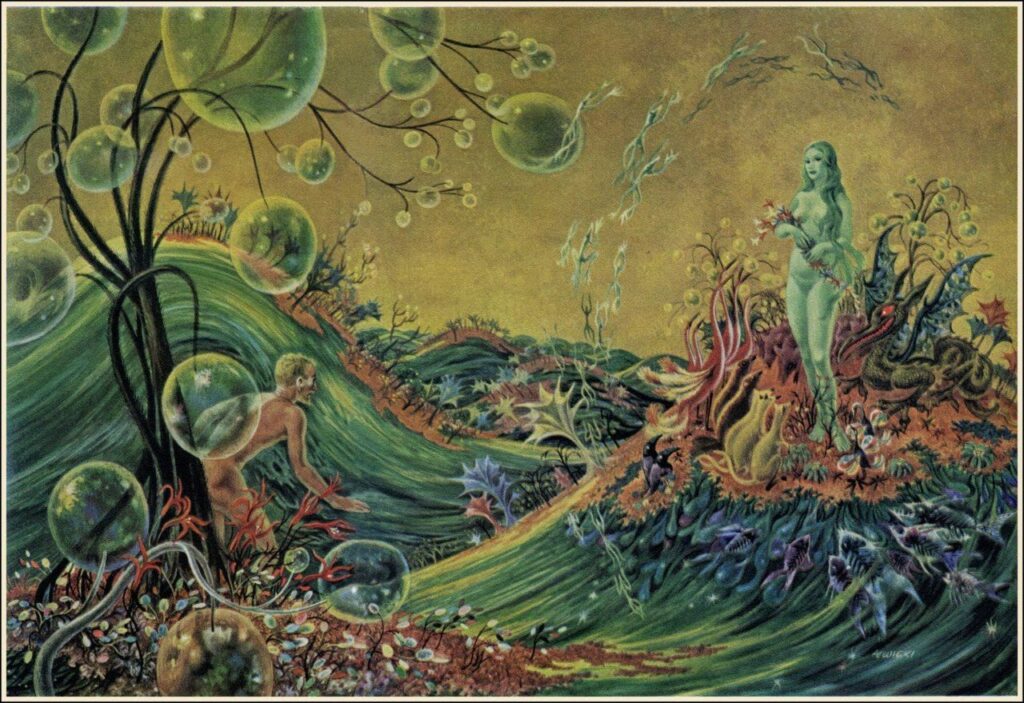
15. “Harvard Address” by Alexander Solzhenitsyn
Solzhenitsyn’s life is a fascinating one: born into a devout Eastern Orthodox family who hated communism, the young man eventually accepted Marxist theory and rejected his faith. While serving in the Red Army during World War II, he was imprisoned by the Communists for eight years, an experience that turned him back to Christ.
Most of Solzhenitsyn’s literature presents an anti-Communist message, constantly outraging the Soviet Government and putting himself at risk of imprisonment or even execution. After being exiled from Russia in 1974, he and his family moved to America. Indeed, he did not return to his home country until 1994. During his time in the United States, he spoke to Harvard students, addressing the dangers of communism, the complexities of truth, and Western culture.
16. Goodbye, Mr. Chips by James Hutton
In this surprisingly touching novella, Hutton paints the life of a teacher in boys’ school in 1930s England. Mr. Chips is a beloved teacher who has taught at the boarding school for so many years, his life has almost become legend with each incoming class. The novella concludes with his death where he realizes his life has meant something to everyone he has met.
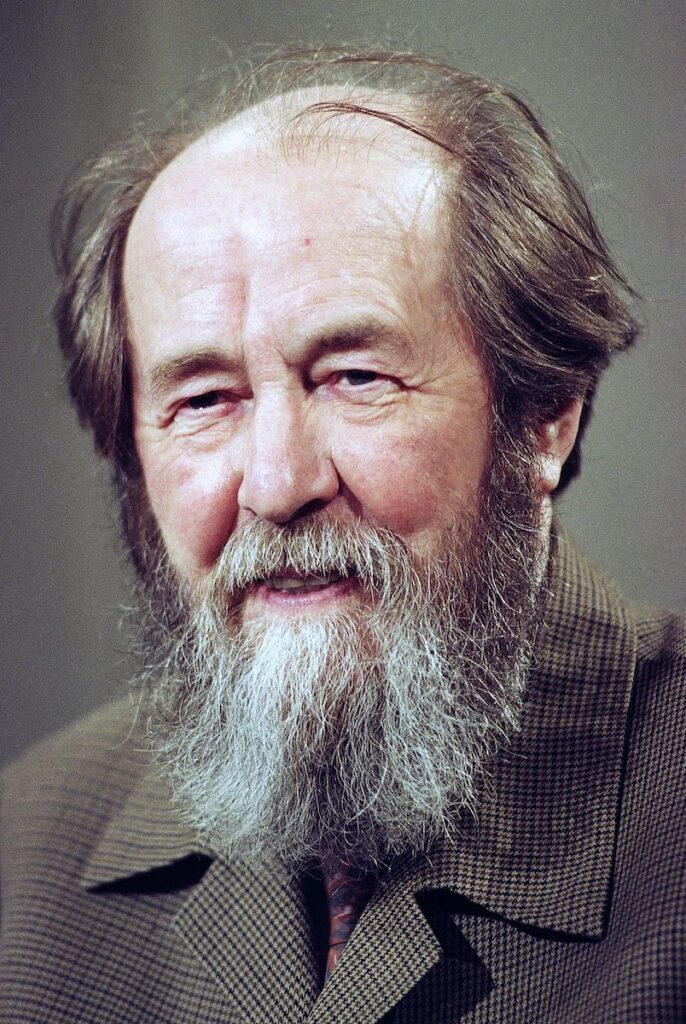
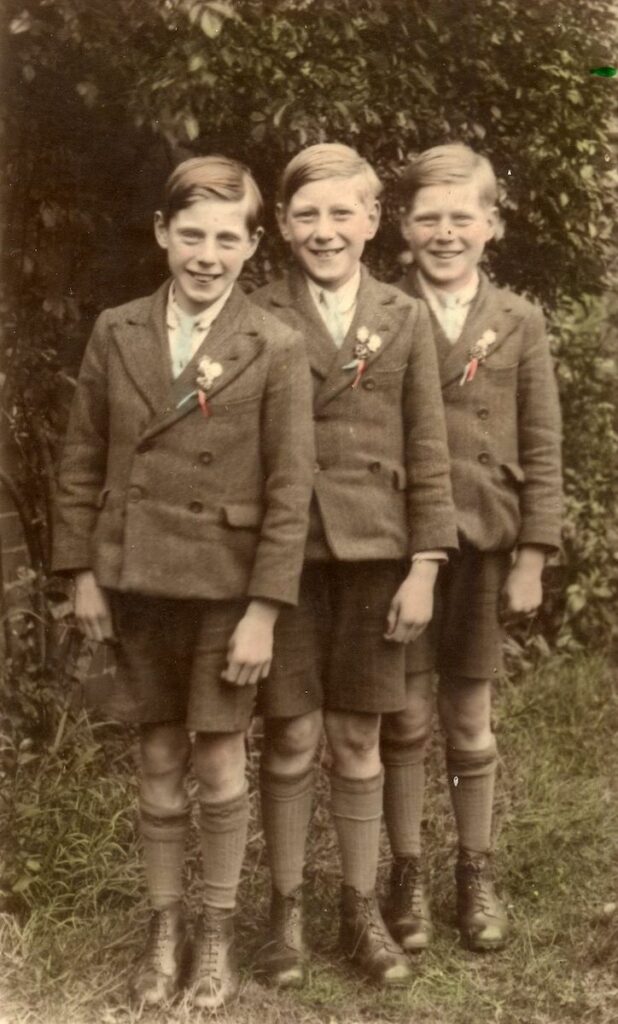
17. Collected Poems of T. S. Eliot
Eliot claims loyalties to England and the United States; born in Missouri, he moved to London as an adult and later became a citizen of England. His most famous poems reflect his personal struggle with faith during his conversion from atheism to Christianity.
18. Collected Poems of Gerard Manley Hopkins
A Jesuit priest and English poet, Hopkins’ faith provided inspiration for his beautiful poems. Nature, humanity, and praising God are common themes, best exemplified in “Pied Beauty.” Significantly, Hopkins introduced sprung rhythm, a new type of meter that preceded free verse.
19. Collected Poems of John Keats
The Romantic poets are classified in two separate categories; Keats fits into the second alongside Shelley and Byron. Although tuberculosis killed him at only twenty-five, the amount of poetry published in that short time is incredible. His was a true gift, heavily influencing poets to come. “Ode to a Nightingale” and “Ode on a Grecian Urn” are among his most famous poems and best show his talent.
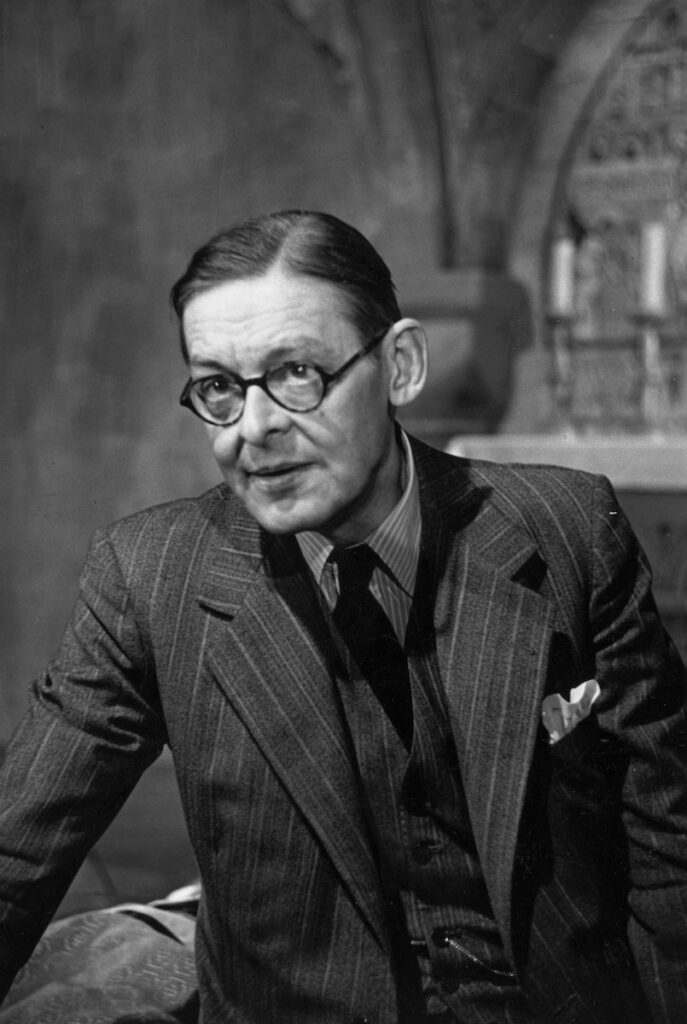
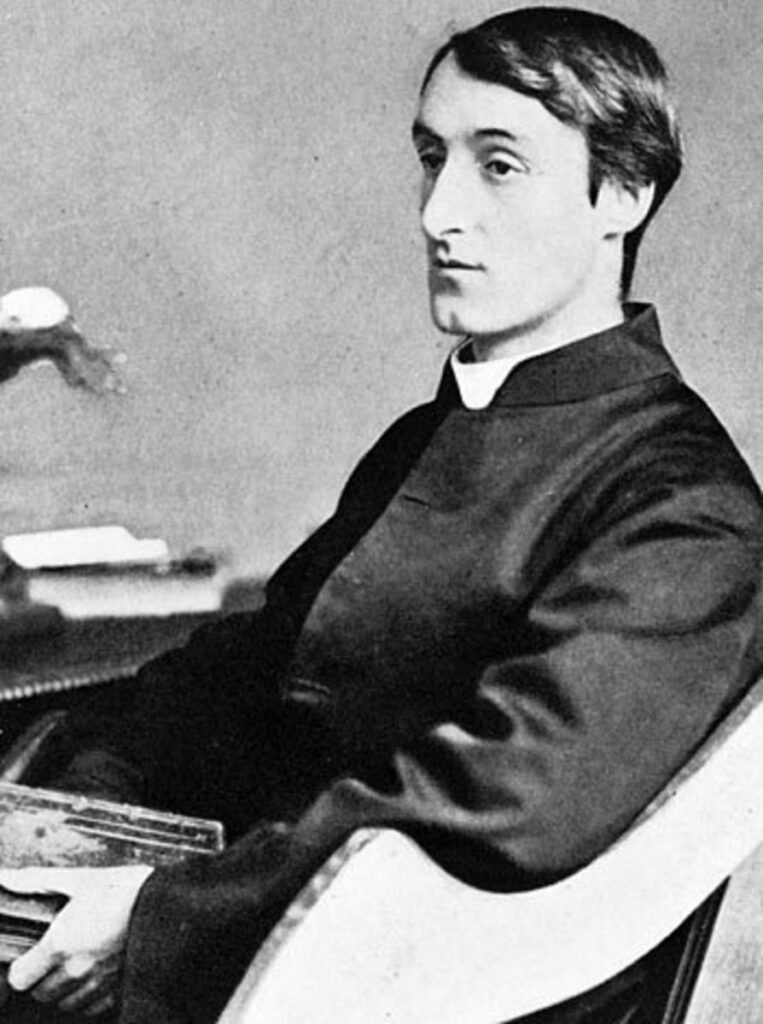
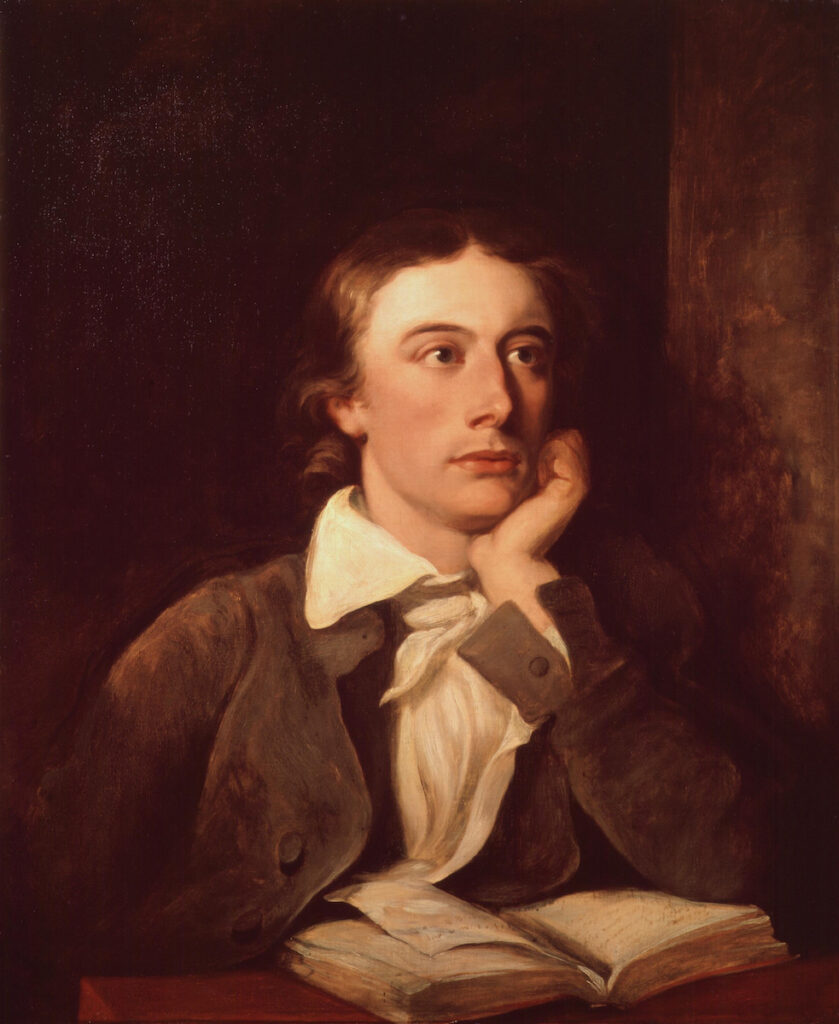
20. The History of Rasselas, Prince of Abissinia by Samuel Johnson
Supposedly, Johnson wrote this novel in only a week to pay for his mother’s funeral. Rasselas, fourth son of the king of Abissia, searches for happiness after escaping from seclusion until he should ascend the throne through succession. Only after a long journey does Rasselas realize where to find true happiness. Some consider this story a fictional take on the book of Proverbs.
21. Orthodoxy by G. K. Chesterton
G.K. Chesterton stands out as a great and influential modern Christian author. Although Christian apologetics is a complicated subject, Chesterton lays out his personal faith in a delightful marriage of humor and theology. Consistently referring back to the gospel, Orthodoxy is a wonderful choice for a student looking to understand the complexities of doctrine and observe Chesterton’s genius.
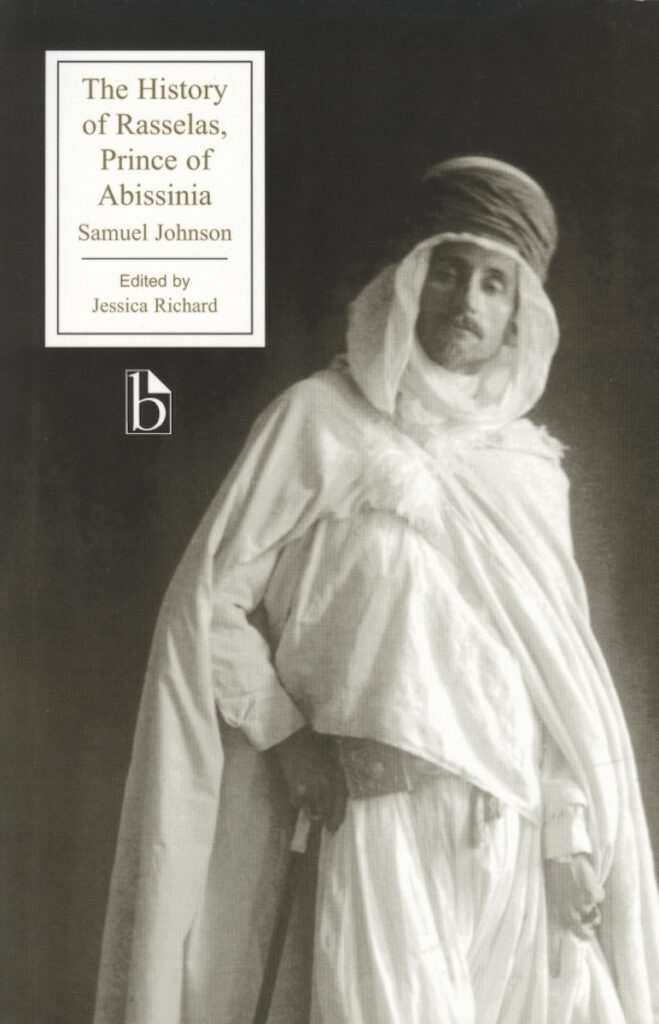
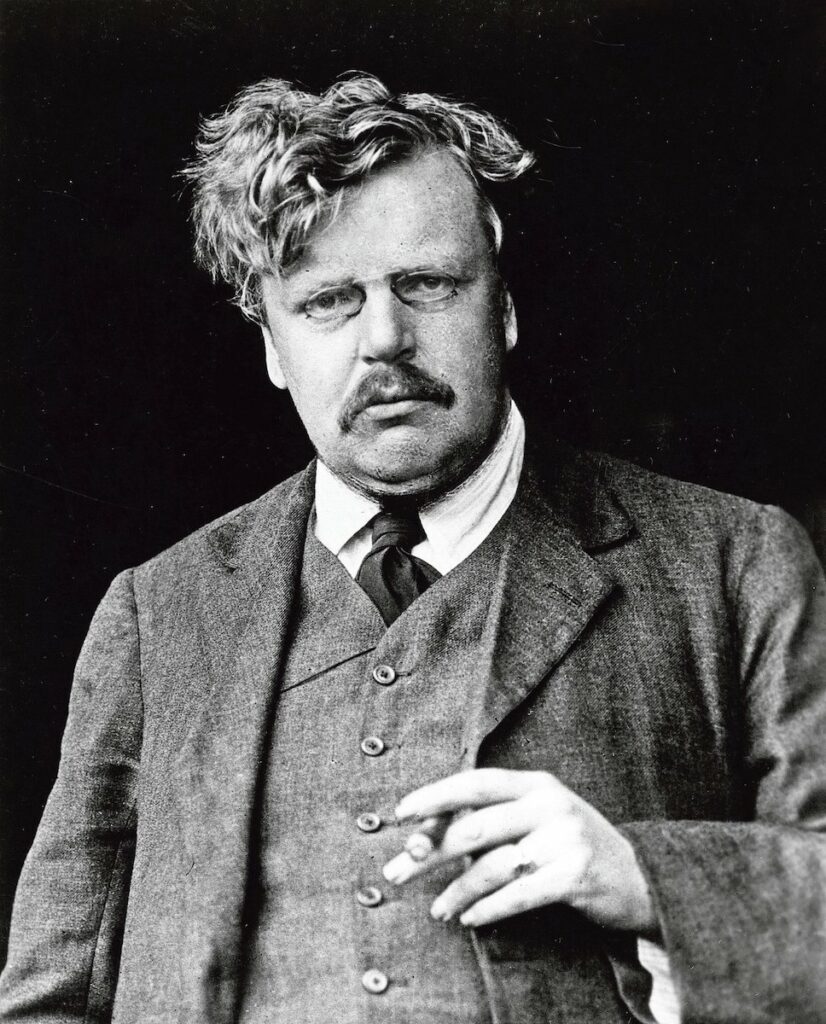
22. The Hiding Place by Corrie Ten Boom
How far would you go for your faith? Corrie Ten Boom was the single daughter of a Dutch clockmaker, living peacefully with her family when World War II broke out. Nazis invaded quickly, making their anti-semitic agenda abundantly clear. With little regard for their own safety, the Ten Booms secreted away many local Jews for years until a neighbor eventually turned them in. Despite humiliation, hardships, and watching family die, Corrie’s faith stood strong. She is an example to us all.
*Although not gratuitous in any way, the threats of violence and portrayal of the evils of the Holocaust are intense.
23. The Sound and the Fury by William Faulkner
Modern literature explored many writing styles, one of which is stream of consciousness. Developed in the late nineteenth century, it is a style predominantly featured in Faulkner’s Southern gothic novel The Sound and the Fury. Faulkner split the book into three sections, writing the first from the perspective of a mentally ill young man—Benjy Compson of the aristocratic but fallen Compson family. Each part takes place at different times, sometime spanning many years. Faulkner is one of the greatest authors of all time and his ability to write from the perspective of so many different characters in one novel is astounding.
*As with most of Faulkner’s novels, there are slurs thrown around and some heavy sexual tension between various characters. This should be read by parents in advance.
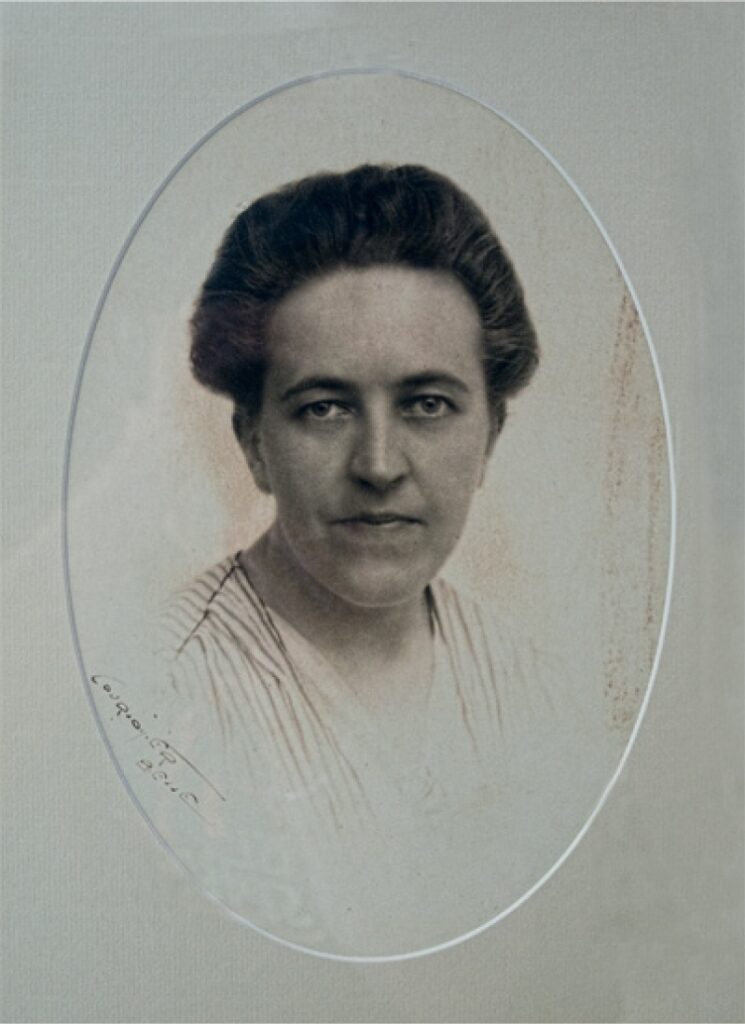
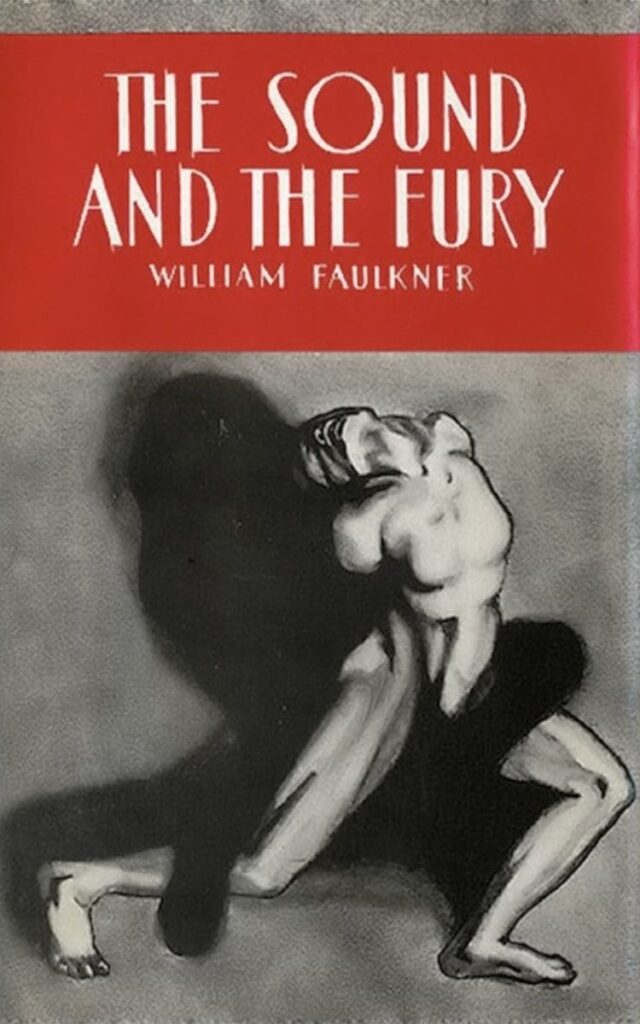
24. A Farewell to Arms by Ernest Hemingway
Like each of these authors, Hemingway helped define an age of literature. Arguably his greatest novel, A Farewell to Arms tells the story of Frederic Henry, an American fighting in Italy during World War I. After he receives a wound, Henry meets and falls in love with a British nurse only to return to the front. Possibly Faulkner’s antithesis, Hemingway’s talent to use spare but precise words is crystal clear in this novel.
25. Brave New World by Aldous Huxley
Huxley wrote this dystopian novel in between world wars. Published in 1933, Brave New World and 1984 are constantly compared for their disturbingly accurate depictions of a totalitarian world. Orwell took the title from Shakespeare’s The Tempest. In that play, the innocent Miranda fails to see the darkness in the men newly arrived on the island. Pacifism, mysticism, and universalism fascinated Huxley who wove these ideas into his influential and award-winning novel.
*One of the heaviest entries in the list, Huxley portrays a dystopian world that embraces sex and drugs as commonplace activities devoid of spiritual significance. The inescapable tension and bondage depicted is precisely the point to which Huxley wanted to draw attention.
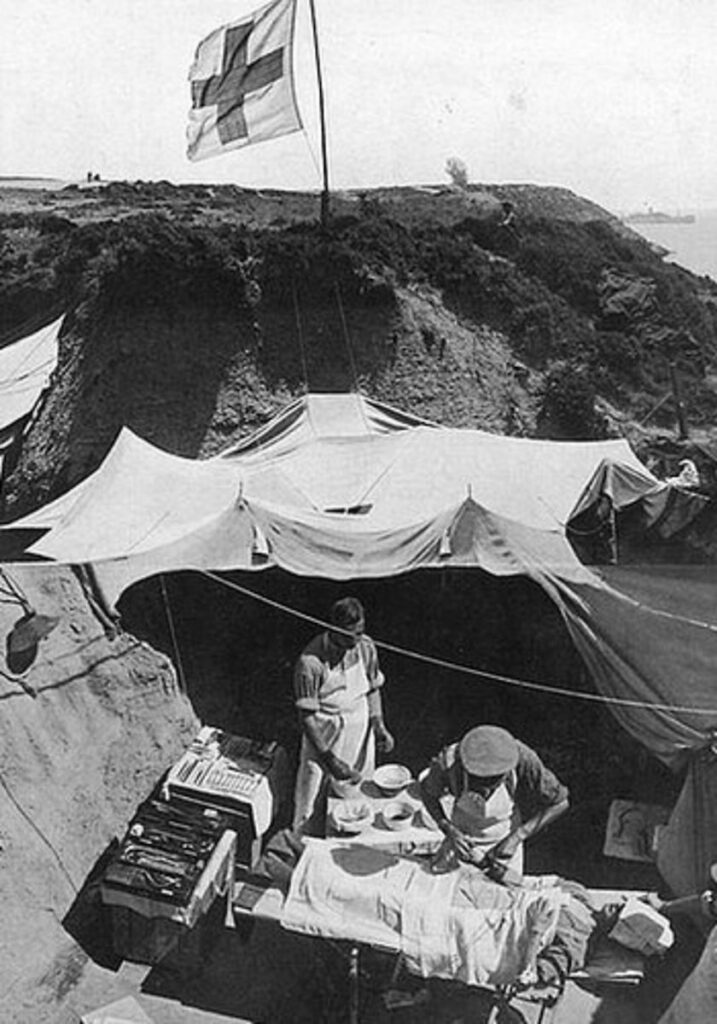

Reading Modern Literature Classics Along with History
Modern literature at the high school level aligns well with our Modernity history curriculum. Learning is so much more enjoyable when stories integrate across subjects! Instructor Dave Raymond uses stories to introduce a worldview approach to history, and encourages students to explore their God-given gifts as they explore on their own.

